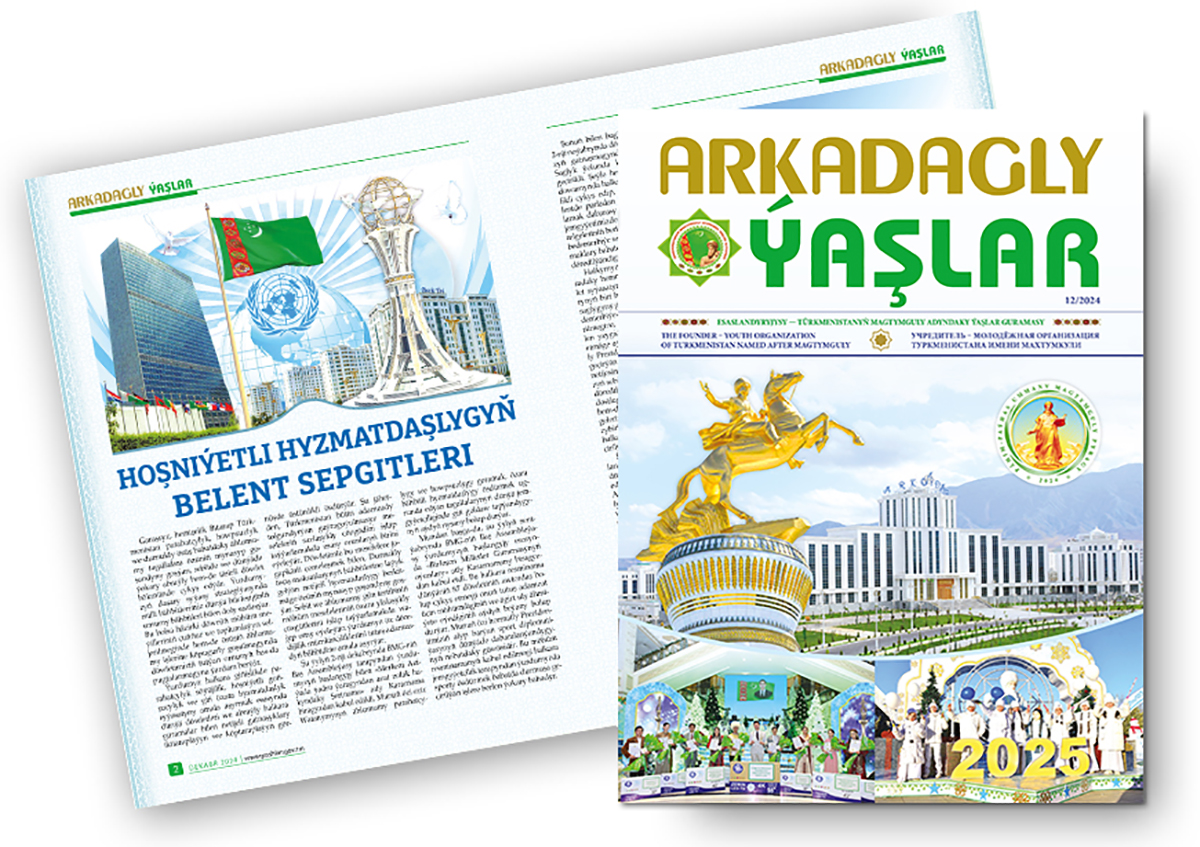A seminar held on April 18 in the administrative building of the Turkmenhydromet government service of the Ministry of Environmental Protection of Turkmenistan was devoted to analyzing the consequences of climate transformation for the hydrological situation of the Murghab oasis, developing options for adaptation measures, and training climate instructors.
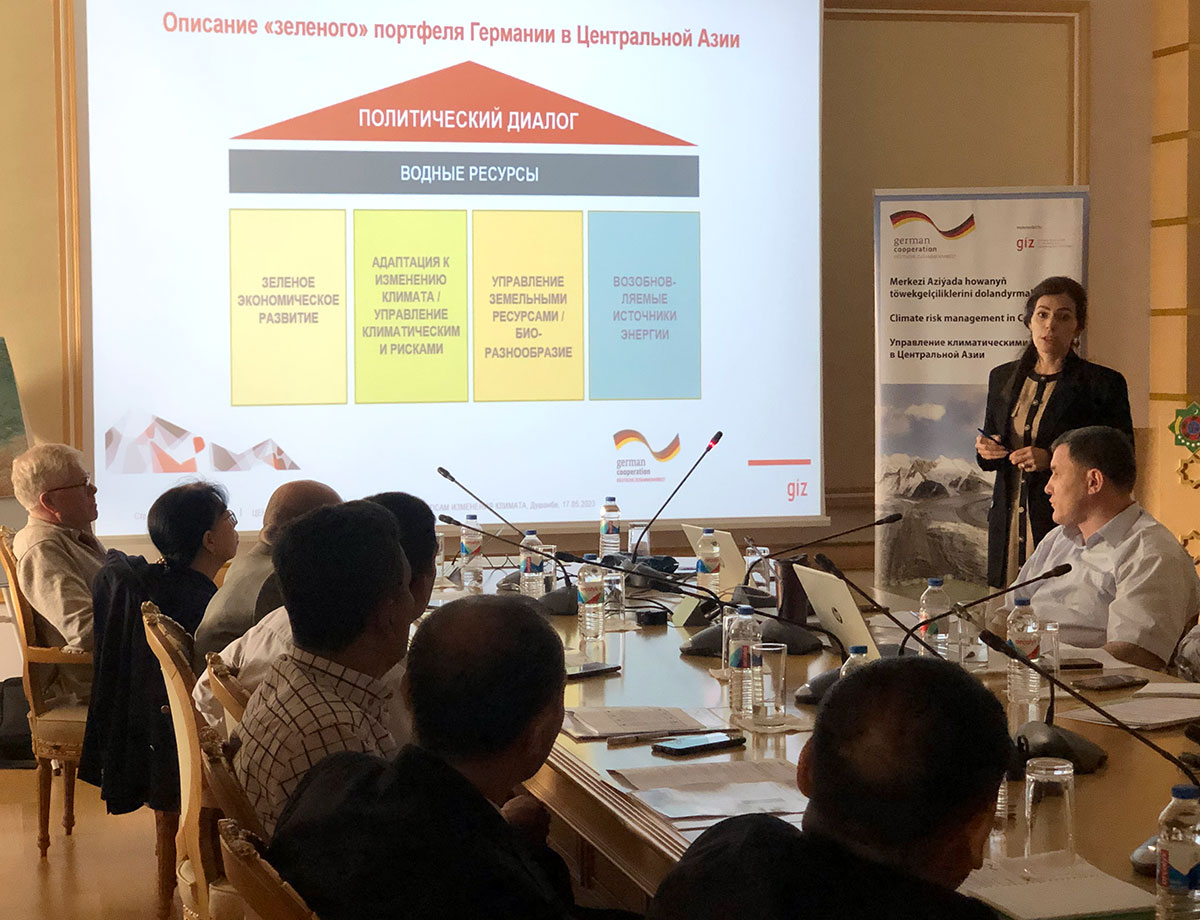
Workers from the agricultural and water industries, khyakimliks of Mary velayat and Yolotan etrap, representatives of the scientific community, the Office of Emergency Situations and Rescue Work of the Ministry of Defense of the country, the National Red Crescent Society, members of the Union of Industrialists and Entrepreneurs of the country, experts in the preparation of the Fourth National Report were invited to the dialogue countries under the Framework Convention on Climate Change, CAREC and SIC ICSD. Scientific and practical hearings took place within the framework of the regional climate program, which was launched in the Central Asian states with the support of the German Society for International Cooperation (GIZ).
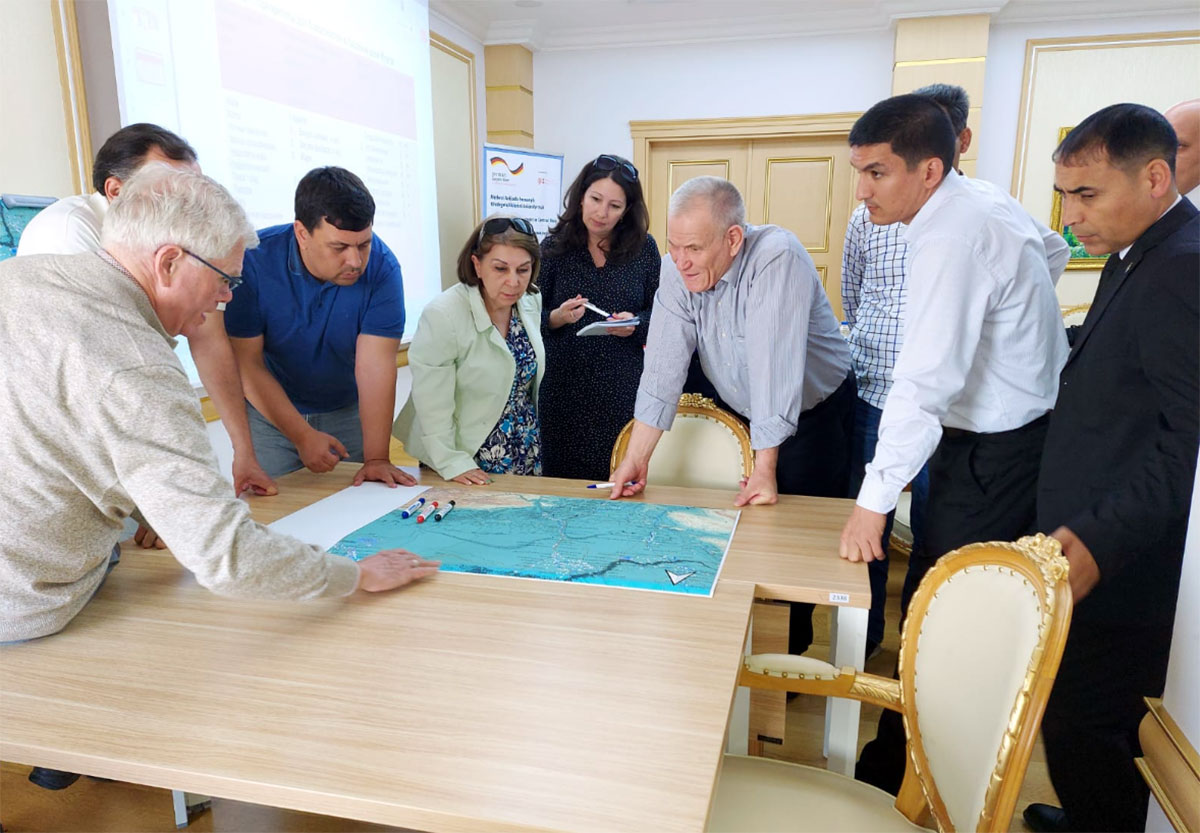
Within the framework of this platform, work with analytical materials and hydrological studies were carried out in five trans-border river basins. At the same time, climate trainers were trained to develop country-specific measures to mitigate the effects of climate change for trans-border river basins: Murgab in Turkmenistan, Isfayram-Sai in Kyrgyzstan and Uzbekistan, Shakhimardan in Kyrgyzstan and Uzbekistan, Zeravshan in Tajikistan and Uzbekistan, and Chon-Kemin/Chu in Kyrgyzstan and Kazakhstan. Next year it is planned to implement five to six local sub-projects in each country from among those proposed by national experts. This could be the introduction of resource-saving measures, piloting the cultivation of drought-resistant crops and other climate-resistant technologies.
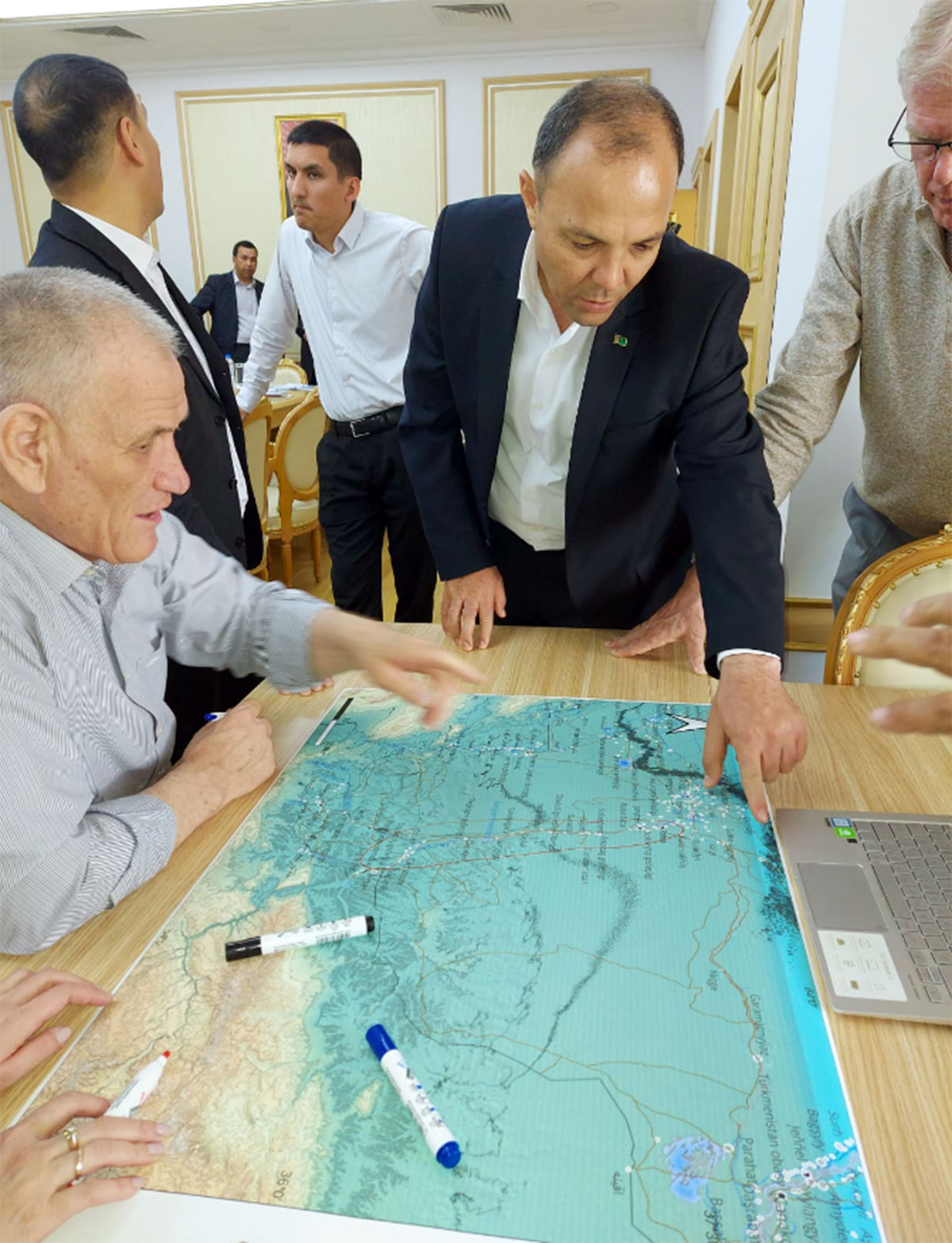
The seminar in Ashgabat was an introductory one, that is, the first in a series of similar events, organized to discuss climate risks and local conditions for the formation of adaptive scenarios for water use in the Murgab River basin. The methodology being promoted involves the creation of “impact chains,” identifying the interrelationships of individual links that influence each other on a climate basis. The new approach proposed by GIZ seemed interesting, a kick-off regional meeting took place in Uzbekistan at the beginning of the year, and now five countries are discussing and adapting the initiative to local socio-economic, soil-climatic and water conditions. Plans for our country include conducting trainings in Mary and participating in regional seminars.
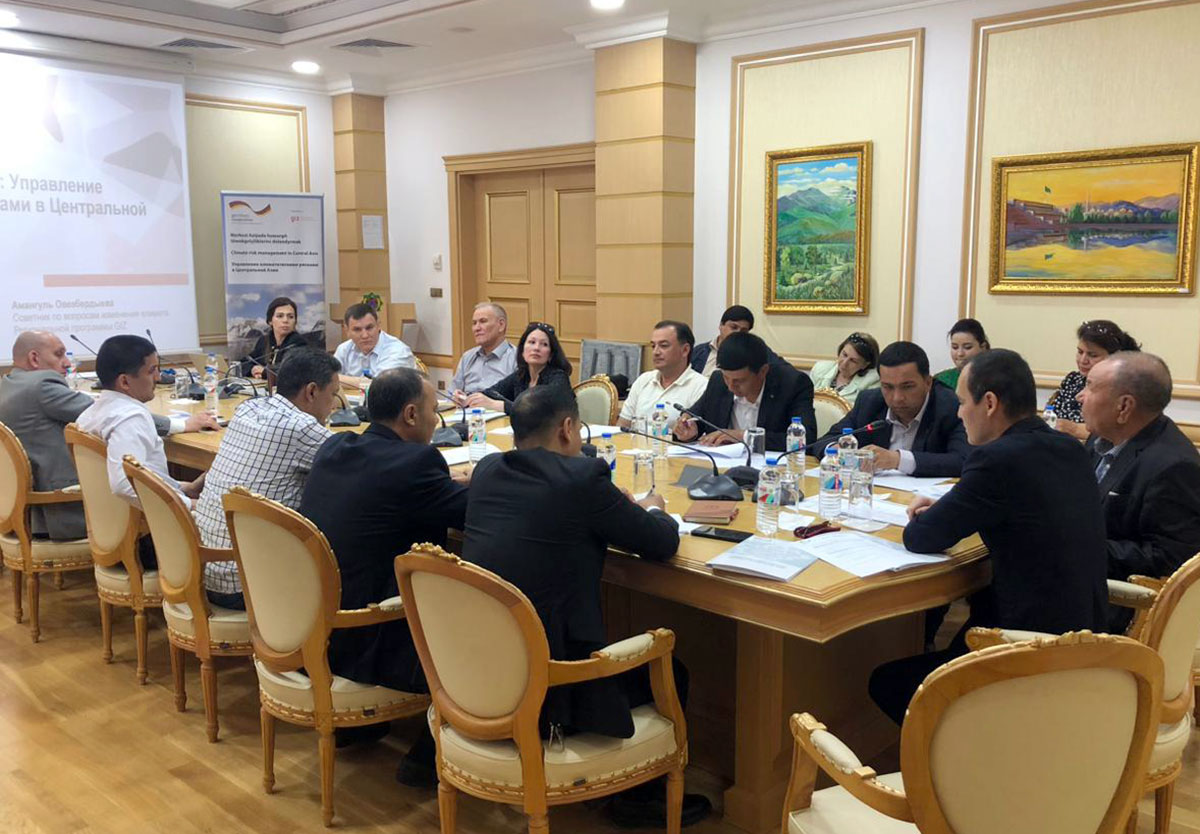
Participants of the Ashgabat meeting discussed models of the impact of climate change on humans, the economy and the environment, data sources and periods for the implementation of planned activities, and analyzed the key hydraulic construction and management systems and subsystems of the Murghab oasis. Two experts acted as lecturers and moderators of the meeting – a representative of the Niras international organization – Mr. Rix Bosch (Netherlands), from Turkmenistan his efforts were complemented by a young climatologist Nazar Allaberdiev.
To concretize the data set, accumulated long-term and modern information on Murghab is used to analyze the climate risks of the temporal and spatial profile. The lecturers addressed local issues of water use, the interconnection and trans-border nature of natural and climatic situations, which intensified the exchange of knowledge and expert opinions in the region, and promoted the creation of a hydrological five-sided early warning network. It was emphasized that in relation to the intensification of droughts and dust storms, experts in the field of climate, ecology or emergency response act in the short term; the background of global warming is assessed by looking at future prospects for years to come, including irrigation planning, changing crops, introducing irrigation water accounting and etc.






